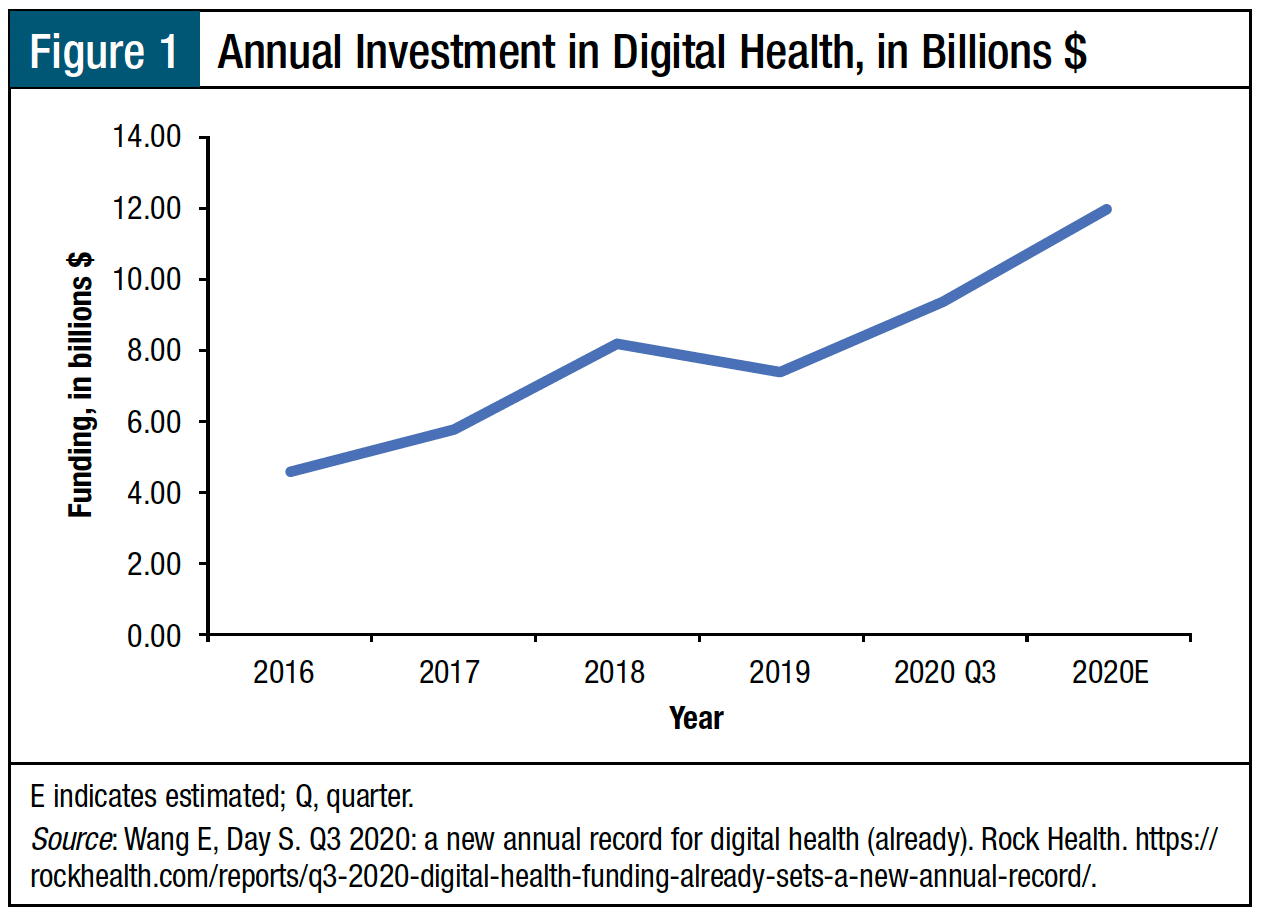The Three Most Exciting Pharmaceutical Industry Trends for 2022 and Salary Insights for 2022, too!
- The pharmaceutical industry is expected to increase to $1.5 trillion by 2023.
- Approximately 38% of industry experts expect big data to have the greatest impact in the pharmaceutical industry.
- First-time drug launchers comprise >25% of all new drug applications submitted to the FDA since 2016.
Public-Private Partnerships
“Public-private collaboration has been essential in response to the COVID pandemic, and it will be even more critical going forward to getting better healthcare,” according to Mark McClellan, MD., PhD, founding director of the Duke-Margolis Center for Health Policy.
Close collaboration between the public and private sectors has emerged as a guiding norm for exchanging ideas to scale innovation. For example, development and launch of several COVID-19 vaccines in 2020 through the cooperation of federal employees and private companies showed how innovation could be accelerated for the benefit of not just our country but the world. Public/Private partnerships are expected to be one of the dominant pharmaceutical industry trends for 2022.
Addressing Access and Affordability Barriers
It seems as if every politician and media outlet represents the cost of drugs as the biggest issue with healthcare costs. According to the Centers for Medicare and Medicaid Services prescription drugs only represent 10% of the U.S. healthcare spend in 2019 compared to more than 50% of costs going towards hospital care and physician and clinical services.
The impact of high-deductible health insurance plans have created an affordability crisis for many in the U.S, particularly in lower income households. Prescription drugs become an easy target then because most employer sponsored health plans call for patients to meet a separate deductible for prescription medicines, often based on list price, before their coverage helps out.
AI
Artificial Intelligence (AI) has been and will continue to revolutionize healthcare. AI based strategies for drug development are on the rise and so is their adoption. AI makes finding new drugs cheaper and can accelerate making them more effective. On average it takes about 12 years and $2.9 billion for an experimental drug to advance from concept to market. AI can and will downsize these numbers significantly.
Digital Health
Digital therapeutics have become an exciting, incredibly competitive new frontier in healthcare, by delivering evidence-based therapeutic interventions to patients via software applications.
3D
It doesn’t get much more exciting than this. Researchers are printing miniature kidneys and technological solutions like BioAssemblyBot are creating entirely new methods that can lead to patient-specific heart tissue printing.
Virtual Reality
Virtual reality (VR) is in hospitals as we speak. A doctor can assist in the OR without ever lifting a scalpel. A medical student can study the human body more closely and prepare better for real-life surgeries assisted by VR. A patient with mental health problems could fight a fear of heights, schizophrenia or paranoia more successfully through the application of VR.
In Silico Trials
In silico experiments are conducted by means of a computer simulation. In silico trials completely circumvent animal testing and side effects on human and animal participants saving time and money.
It was not until COVID-19 that in silico trials became more widely used. The pandemic broke down the reluctance of medical professionals against the use of this technology, as the need for quick and effective trials was critical. This will accelerate and be one of the significant pharmaceutical industry trends for 2022.
Hospital Mergers
The continued trend of local hospitals merging into larger health systems had significantly affected local private practices. According to a report from Avalere Health and the Physicians Advisory Institute, between 2016 and 2018, hospitals had acquired 8000 medical practices and 14,000 physicians moved from private practices to the hospital setting. The impact of mergers on access to care is actively being reassessed, especially in rural or underserved areas, as a result of the COVID-19 pandemic.
Gene-Based Therapies
Despite considerable progress, gene-based drugs are still mostly limited to the treatment of rare diseases. Drug developers are racing to broaden the reach of gene-based drugs using wide-ranging investment collaborations that can fund multiple research programs.
Nihar Parikh’s Salary Insights for 2022
Associate Director, Biostatistics – $175,000 – $195,000
Clinical Data Manager – $125,000 – $135,000
Clinical Trials Manager – $125,000 – $150,000
Clinical Trials Specialist – $100,000 – $120,000
Director, HEOR – $200,000 – $225,000
Director, Regulatory Affairs – $180,000 – $200,000
Medical Science Liaisons – $160,000 – $200,000
Senior Biostatistician – $140,000 – $150,000
Senior Director, Biostatistics – $250,000 – $260,000
Senior Statistical Programmer – $115,000 – $130,000
VP, Medical Affairs – $300,000 – $320,000
Interested in talking further about the pharmaceutical industry trends for 2022 or about our salary insights for 2022? Contact Smith Hanley Associates’ Executive Recruiter, Nihar Parikh at nparikh@smithhanley.com.




